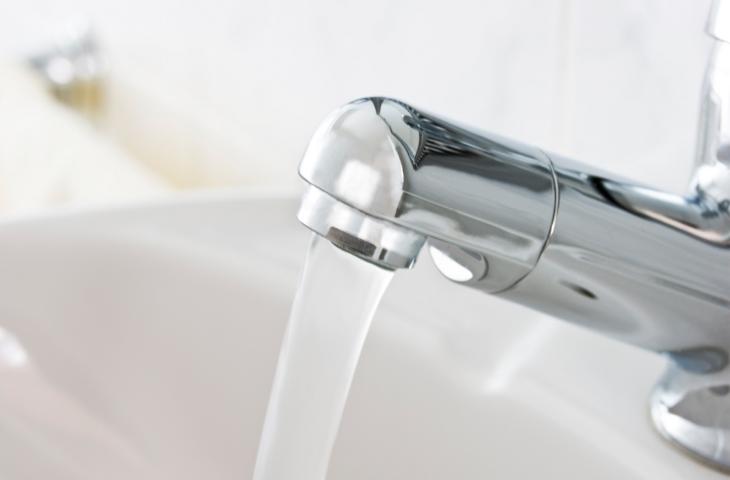MILAN – Do you really think you know and apply all the tips for avoiding wasting water and guaranteeing its quality? Maximising its use and reducing the waste of water resources is very important in relation to various aspects, especially environmental ones, but also economic and social. Honeywell has drawn up a useful checklist to measure the correct level of efficiency.
1. Filtering water by installing a self-cleaning mechanical filter to eliminate impurities that are introduced downstream from the aqueduct.
2. Keeping the water filter clean: if this is not your strong point, there are several types on the market which are capable of automatically flushing through the filter cartridge.
3. If the pressure is high, install a pressure reducer on the inlet tube. Thanks to this little device, apart from saving up to 20% of water, you will be able to keep household appliances in good working order, avoiding the phenomenon of ‘water hammer’ (pressure spikes from the system).
4. Checking the temperature of hot water in the bathroom: there is a norm (DPR [Presidential Decree] N° 73, DPR N° 412 dd 26/893 - UNI 9182) which requires a temperature of no higher than 48° C to be maintained. Exceeding this limit is not only dangerous, but significantly increases the costs of water production and management.
5. Checking the hardness of the water, namely the value expressing the total content calcium and magnesium ions in the liquid, and possibly acquiring a water softener, in compliance with the DM [Ministerial Decree] 25 standard. In general, very hard water contains so much lime scale that although this is not harmful to health, it leads to reduced efficiency of household appliances, leaves marks on surfaces and demands higher quantities of detergent.
6. Install a backflow preventer on the system: this is a device which, in the case of reflux from the system’s pipes will protect the drinking water network by expelling the potentially polluted liquid. In fact, there are phenomena linked to backpressure, whereby the water can go in the opposite direction from what it should. There is a European norm (EN1717) to this end, but it is very often overlooked, even by the experts.
7. Install an anti-leakage system to protect yourself from flooding: this solution uses sensors distributed in various parts of the house and is capable of switching off water inflow when abnormal loss is revealed.
8. There are numerous websites which enable the correct ‘virtual consumption of water’ to be analysed and which can help you calculate how much water you consume. Even if they are more expensive, purchasing Class A+ household appliances with high water economy represents an excellent investment for the future. Moreover, it is often advisable to approve the proper maintenance of the system, regularly examining the pipes; a tap which loses a drop per second dissipates around 5,000 litres per year.
9. Periodically switch off all taps to check if the water meter is still turning; if it is, a leak is indicated.
10. Accountability for water consumption: this is an essential procedure for a variety of reasons, especially as it places the responsibility on the end user to pay a bill based on actual consumption. This tends to reduce the costs of the service and is an equitable factor.
by editorial staff











